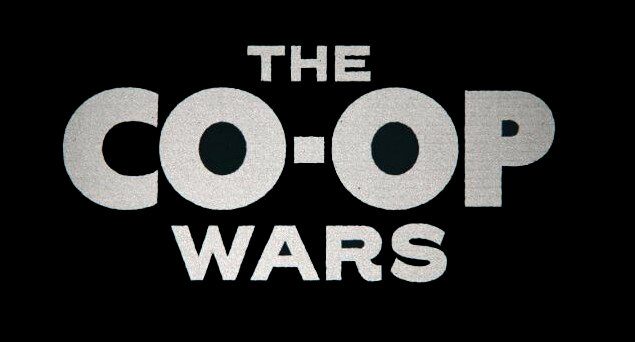Part Two of our interview with Tom Pierson into his research on African-American cooperatives in Minnesota. Read Part One here.
Radical Roots: In your one of your Black History Month posts, you wrote that in the 1940s the Twin Cities had five co-op groceries that had a significant African-American shopper base and leadership. Which were these?
Tom Pierson: One of them was Sumner Cooperative and that was in what’s now the Harrison neighborhood, near to where the Wirth Co-op is probably going to be built. Another one was called Co-ops, Inc. of St. Paul and it had three locations. One was in Rondo, one was kind of near Dayton’s Bluff and another that was near Hamline University. Then Co-ops, Inc. of Minneapolis comes a bit later to the scene. It was an outgrowth of a buying club in the Central neighborhood, and it was just on the border of Central down by the Bryant neighborhood, and very close to where [Seward Co-op’s] Friendship Store is going to be built.
The freeway basically was built right through the Co-ops, Inc. of St. Paul store that was in the Rondo neighborhood. Mississippi Market is pretty close to where that Rondo co-op was. If you go into Mississippi Market’s deli seating area, there’s pictures of that old Rondo store because they make an acknowledgement that there’s a history of co-ops in that area.
These co-ops were operating independently for awhile, then they came together for some period of time. I still need to do some research to verify everything beyond just one source here and there. It seems that they operated together perhaps under a merged banner for awhile with this organization called Cooperative Service, Inc., which provided a whole lot of different services other than groceries: gas stations and garages to work on your car and various other services. Life insurance and other kinds of insurance. Co-op Services, Inc. eventually gets merged into a larger wholesale apparatus and it changes its face over time.
The grocery portion of all this dissolves officially in the summer of 1969. So right as this old wave is coming to a close, at least for the grocery co-ops, the folks in your documentary are first getting the idea that maybe we should just put some food out on a porch or we should find a way to do this at cost. It’s an interesting notion that as soon as the one wave recedes the other one starts to pick up the pace.

